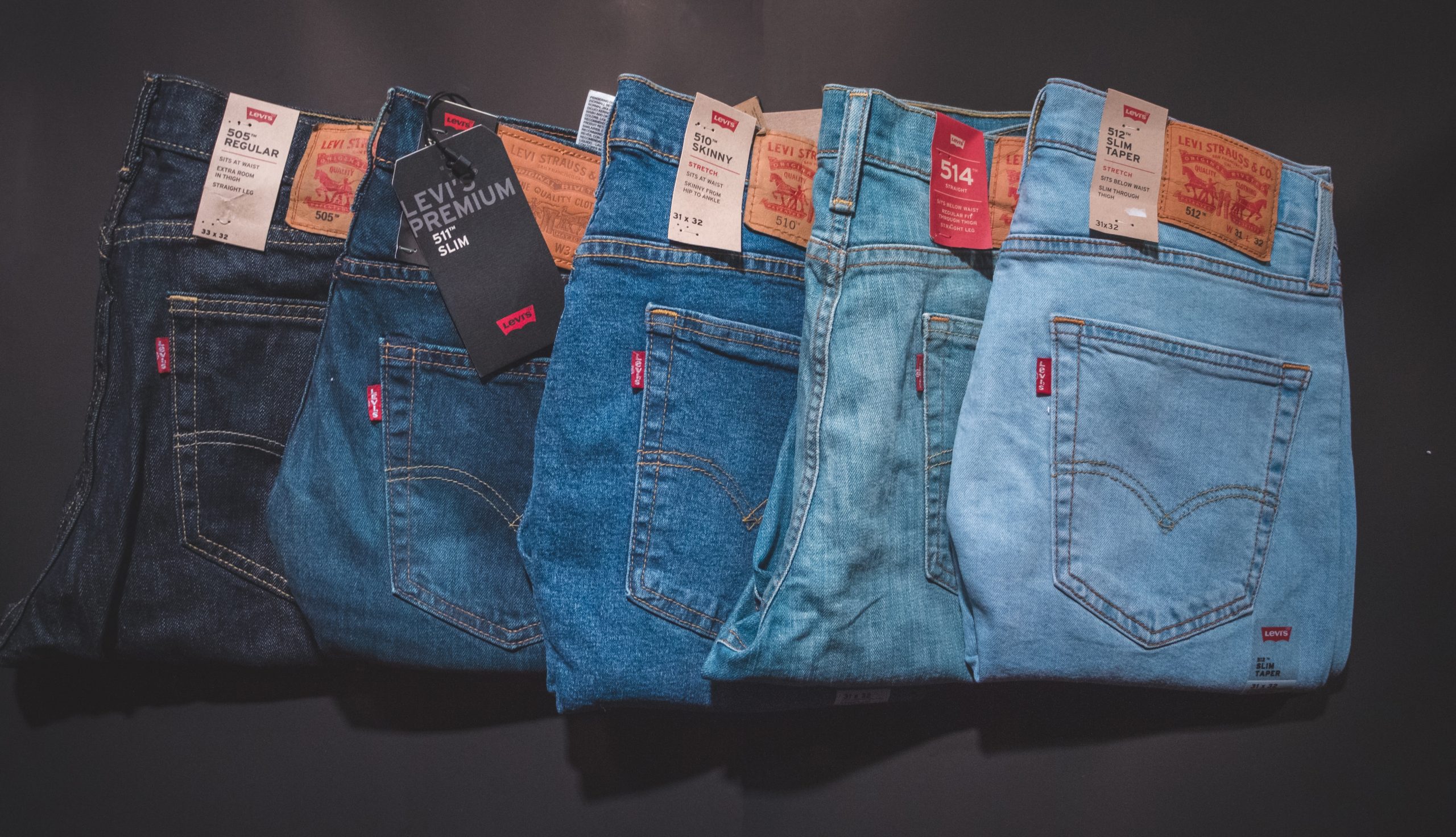There are two main reasons why denim or jeans, in particular, are blue in colour we shall consider each in details
The jeans are blue in colour is because of the dye.
Some believe the original fabric was blue sailcloth stained with indigo from India. Unlike other traditional dyes, which infiltrate textile fibres when heated, indigo binds to the threads of the cloth externally when a Dye is applied to fabric using hot water or any other high-temperature process. This is the primary reason why most dyes only work at high temperatures, but this was not the case with blue dye, also known as an indigo dye.
The blue sailcloth stained with indigo from India was subsequently moved to Nîmes, where it was named “blue de Gênes,” or “jeans.”. They came up with the idea of colouring only the warp threads and leaving the weft threads white. Denim was born as a result. The word comes from the Nimes fabric. Denim gets its name from Serge de Nîmes, a French city with the same name. Serge is a form of twill, which is a name for fabrics made with different warp and weft threads. This distinction is one dyed and one undyed thread in the case of denim, resulting in a less expensive fabric that only requires half the dye.
Traditional dye adheres solely to the exterior threads and does not require such a high temperature. In such cases, every time the jeans are washed, a little colour leaks out and the cloth softens. Indigo dye was deemed cheaper than chemical dye since it was less expensive. a chemical called a mordant is used to promote it.
Some dye molecules are wiped away with each wash, bringing parts of the threads with them. The procedure softens and customizes the colour of difficult fabrics. This amount of customization, along with the ability to “shrink to fit,” turned each pair of jeans into a second skin.
The other factor contributing to colour output is the pH of the dye bath.
Since the dye is better absorbed by the fibre in alkaline conditions, vat dyes work better. A pH of 11.5-12 is ideal for colour absorption in cotton types. In fact, pH has become such a crucial factor in dyeing that efforts to improve the process have been made over time. A simple addition of fibre to the dye bath could change the total pH of the solution just enough to limit the dye’s efficacy. Buffers, bases, and acids help the dyeing process succeed by maintaining a narrow pH range.
The millennia of dye excellence and centuries of textile perfection collided in the nineteenth century, at a pivotal point in American history when gold prospectors were heading west and industrial output was exploding. Around this time, Levi Strauss, a Bavarian immigrant, moved from New York to San Francisco to start a dry goods business. He targeted customers who needed not only dry goods but also long-lasting necessities, such as appropriate work clothes.
Jacob Davis, a tailor from Reno, Nevada, approached Strauss in the 1870s. Davis developed a way for making jean pants that were more durable as a result of his rivet pattern around the pants’ strain points. Strauss and Davis worked together on the design, patenting it and promoting the pants. Levi jean pants were available in two colours at the time: cotton duck and blue denim.
The chemistry of indigo dye explains how blue outlived the cotton duck. Each wash would remove trace amounts of the indigo dye. However, because the dye had become so strongly attached to the fibre, each wash meant that little threads of the cloth were peeled with it. With each wash, the material became softer and comfier. Because the fading characteristic of the indigo dye added to a harsh appearance, the duck colour was phased out and only blue was used.
Still, all in all, blue jeans and their various shades are still very much liked by people and you will find different variants of them in the market.





